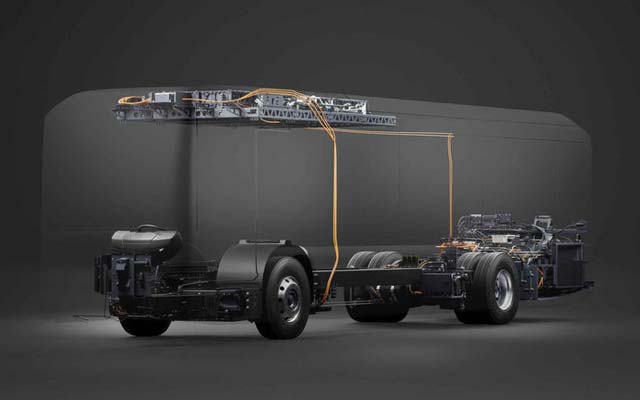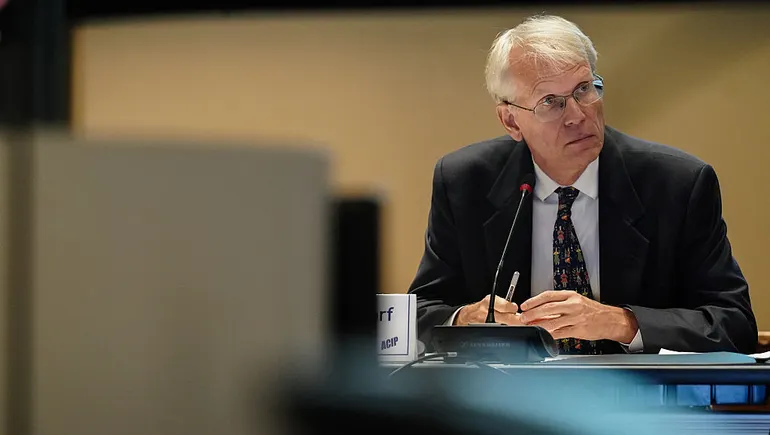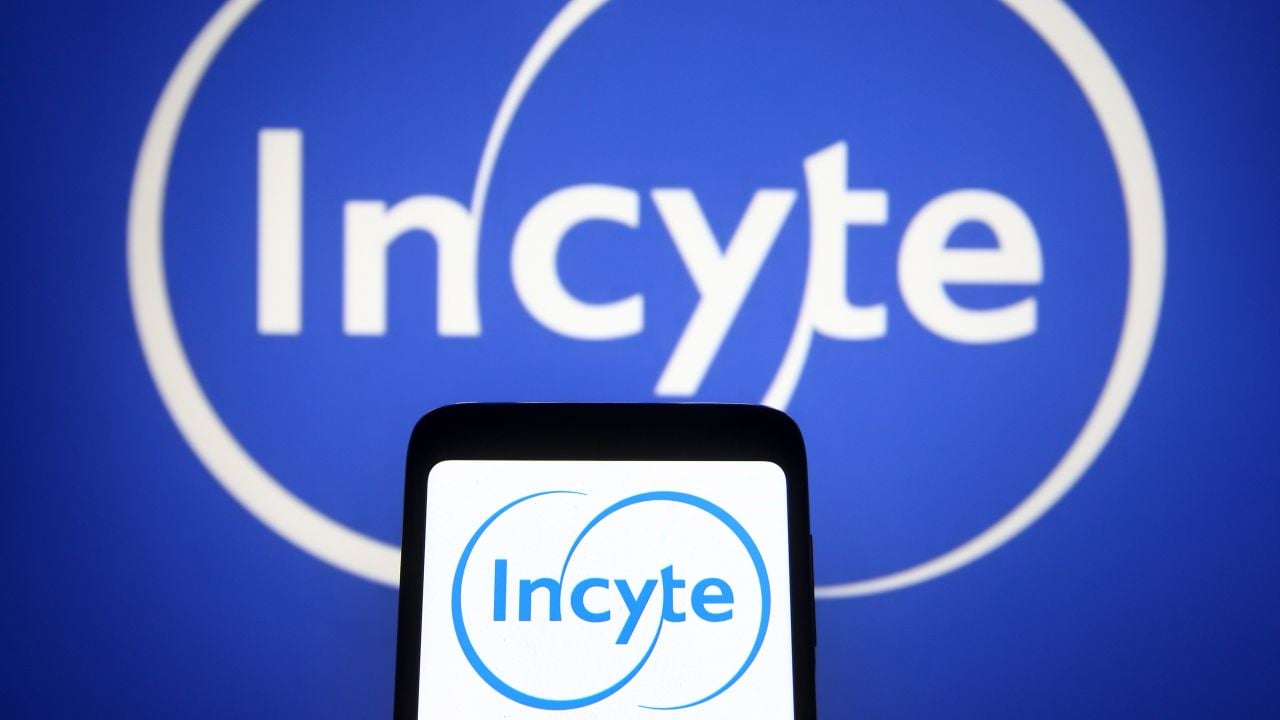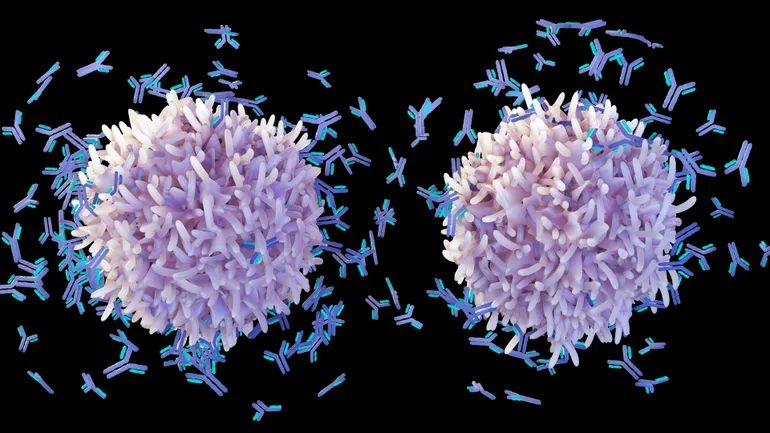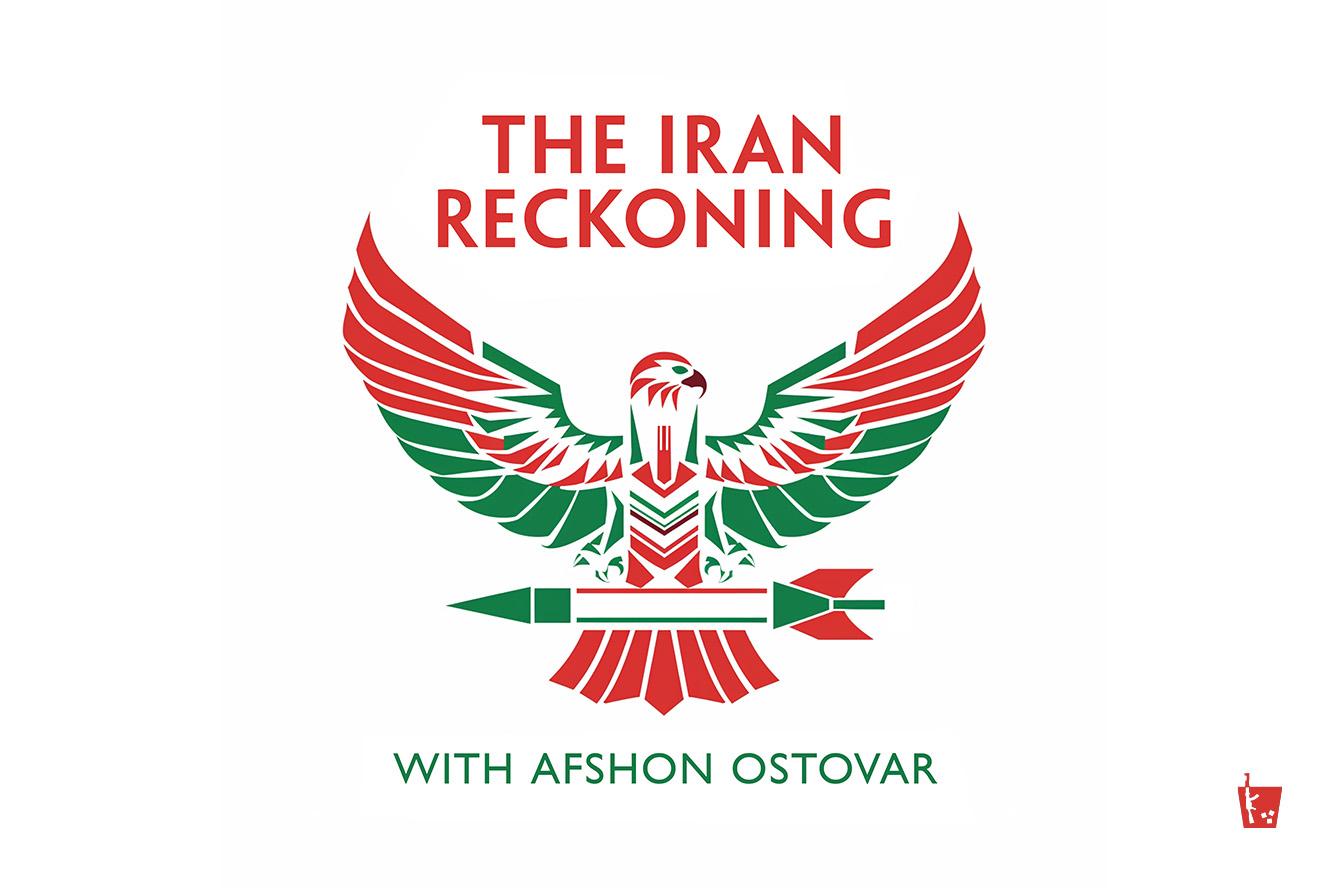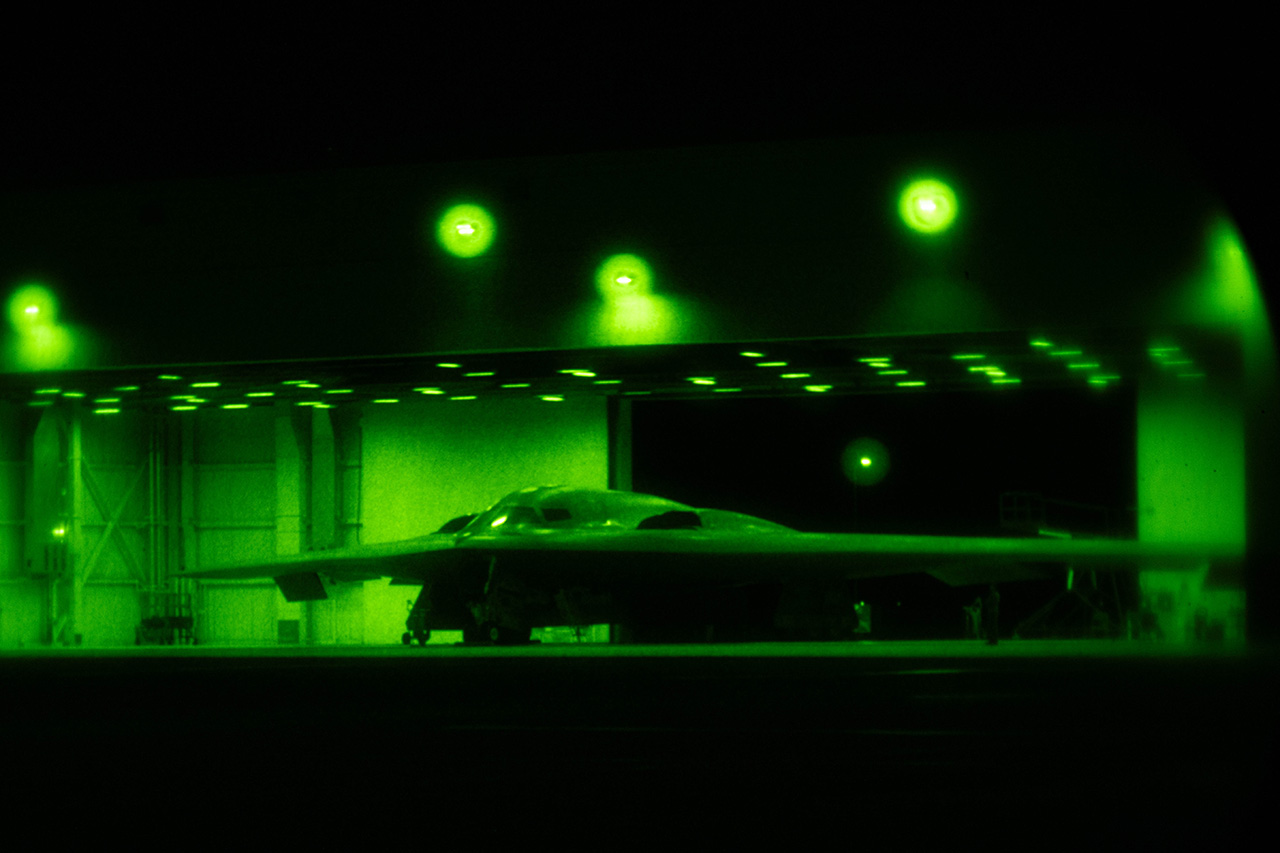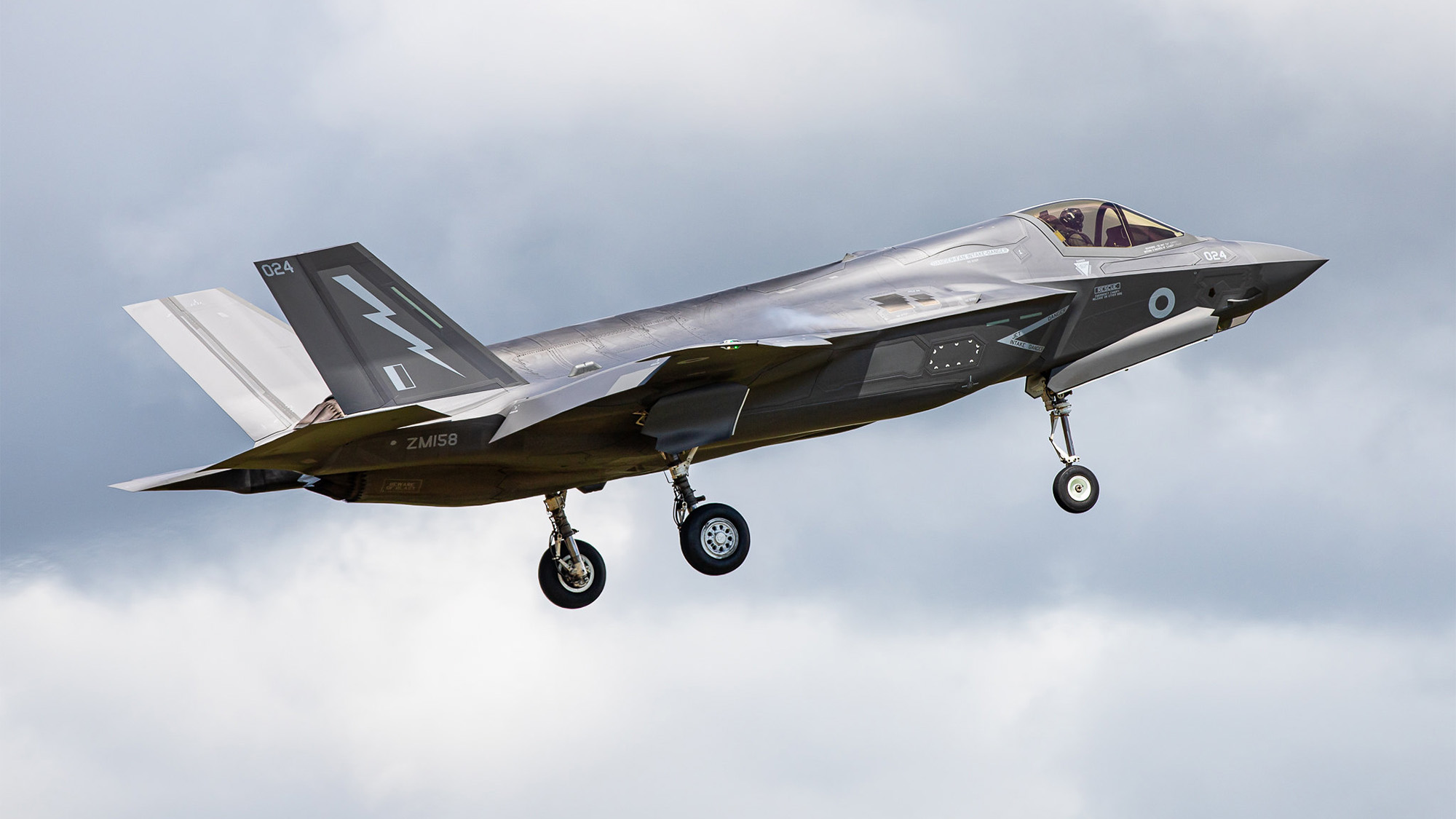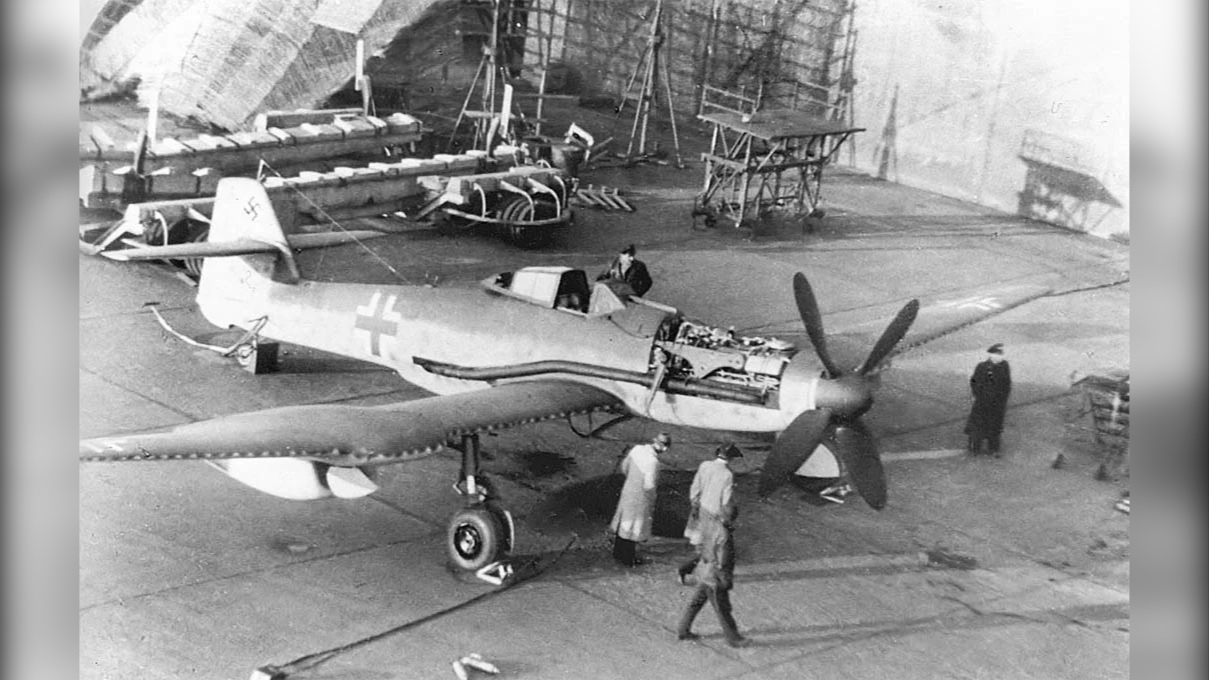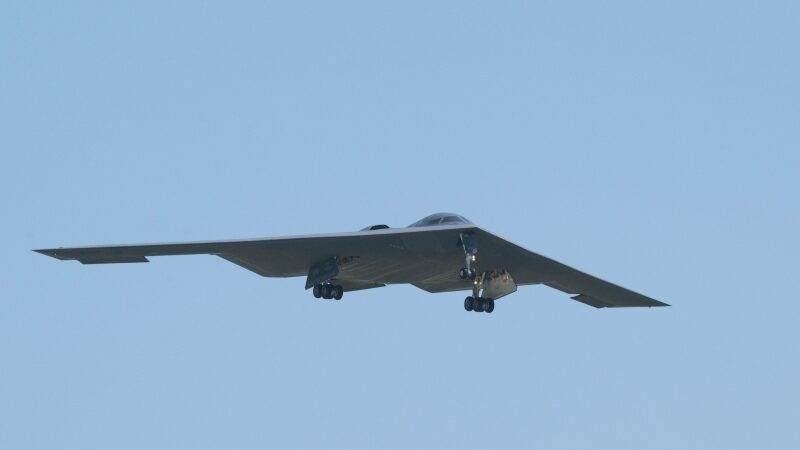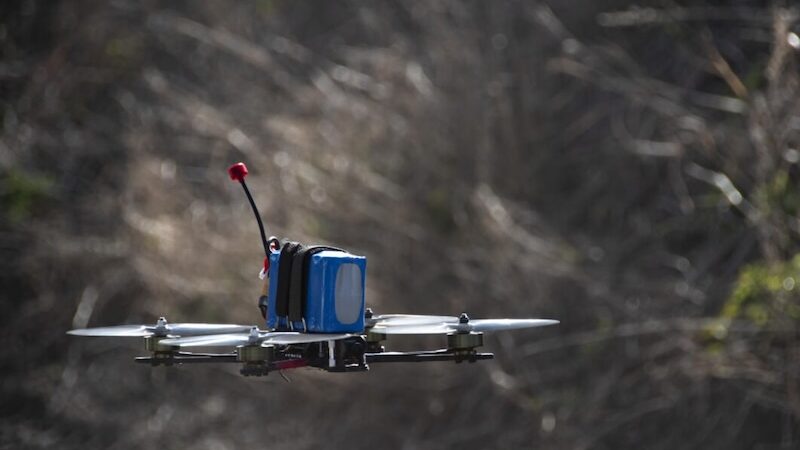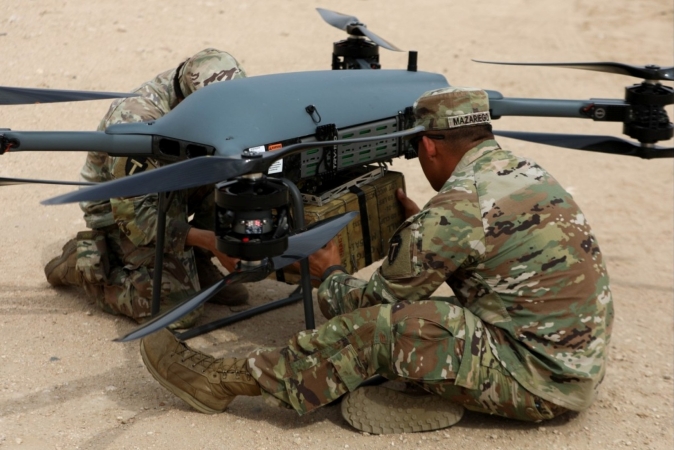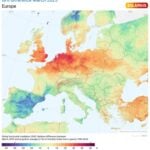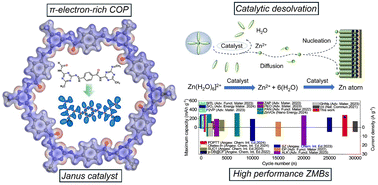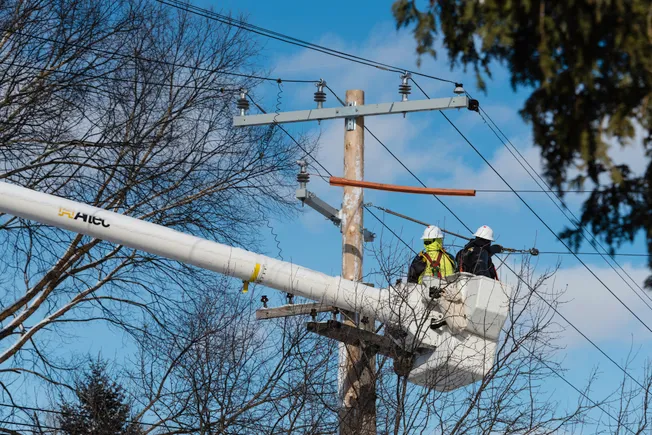An Organ‐on‐Chip Platform for Strain‐Controlled, Tissue‐Specific Compression of Cartilage and Mineralized Osteochondral Interface to Study Mechanical Overloading in Osteoarthritis
Advanced Healthcare Materials, EarlyView.

A mechanically active OsteoChondral Unit (OCU)-on-Chip platform mimicking the OCU's functional anatomy and the strain gradient across the osteochondral interface is presented. Upon compartment-specific hyperphysiological compression, the model replicates mechanisms observed in osteoarthritis (OA) progression, such as calcium crystal accumulation, chondrocyte subpopulation dynamics, and transcriptional responses to mechanical overstimulation, thereby providing a robust system for investigating OA pathophysiology and identify therapeutic targets.
Abstract
Altered joint loading due to articular malalignment, instability, or trauma is an important risk factor for osteoarthritis (OA), the most prevalent musculoskeletal disease worldwide. However, the molecular links between aberrant mechanics and OA initiation/progression remain unclear due to the lack of human models capturing the interplay of joint tissues in a mechanically active environment. Replicating the strain gradient across the osteochondral interface remains an unmet challenge. Here, an OsteoChondral Unit (OCU)-on-Chip platform is engineered and functionally validated where composite hyaline cartilage-mineralized subchondral microtissues are exposed to strain-controlled, tissue-specific compression levels akin, respectively, to those of cartilage and of the mineralized tissue at the osteochondral interface in vivo. Upon hyperphysiological loading of the OCU-on-Chip, an increase in the release and accumulation of calcium crystals, as reported in OA patients, is observed. Using single-cell RNA sequencing, the role of the mineralized subchondral layer in sustaining chondrocyte subpopulations implicated in OA is demonstrated, and an overview of the transcriptional machinery activated by mechanical overstimulation is provided. The OCU-on-Chip captures clinically observed changes including alterations in ribosome biogenesis and apoptosis-related pathways. Thus, it represents a valuable model for investigating mechanisms upstream of cartilage degeneration and may facilitate the identification of novel druggable biological pathways.

























